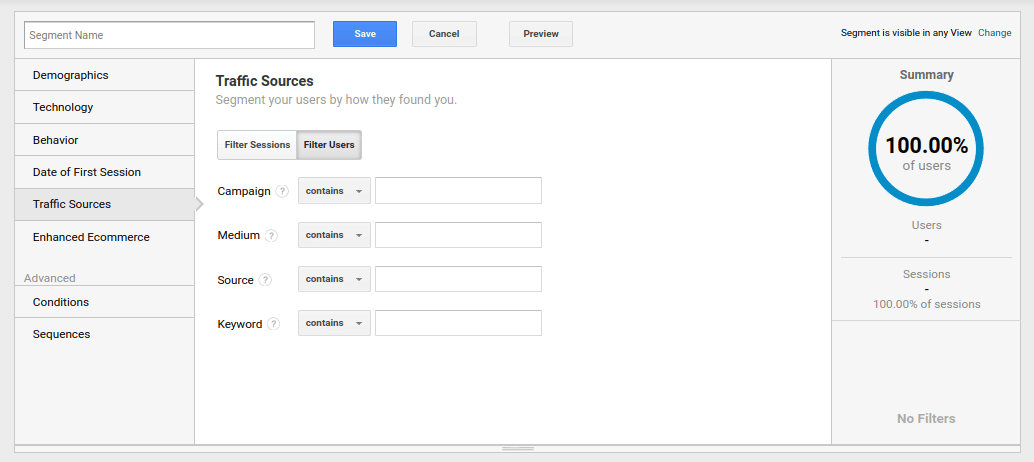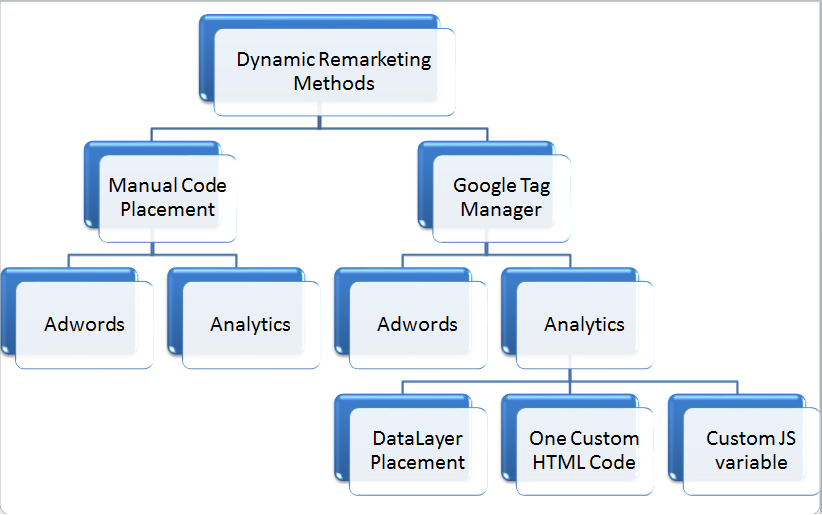The Advantages of Using Remarketing In Google Analytics
Maximize Your ROI With Remarketing in Google Analytics
By utilizing the power of user data and customizing ads to certain audience sectors, companies can considerably magnify their conversion rates. The trip to making the most of ROI with remarketing is a nuanced path paved with understandings and chances that can improve the trajectory of your marketing endeavors.
Recognizing Remarketing in Google Analytics
Comprehending remarketing in Google Analytics is necessary for optimizing your digital advertising strategy. Remarketing enables you to target users that have actually formerly visited your internet site or connected with your application, offering them with customized advertisements as they surf other sites or utilize various other applications within the Google Display Network. This technique helps maintain your brand top of mind and urges customers to go back to your site, ultimately raising the probability of conversion.
By utilizing Google Analytics, you can track the performance of your remarketing projects, gaining useful understandings right into individual actions, engagement, and conversions. This information enables you to improve your messaging, bidding process, and targeting methods to boost the overall efficiency of your projects.
In addition, comprehending the various kinds of remarketing checklists available in Google Analytics, such as common, vibrant, and comparable target markets, enables you to create highly segmented and personalized projects customized to details customer sectors. This level of granularity can substantially boost the importance and influence of your remarketing efforts, ultimately maximizing your roi.
Establishing Remarketing Checklists
To effectively execute remarketing projects in Google Analytics, the preliminary step involves creating and setting up remarketing checklists targeting certain customer sectors based on their communications with your site or app. By establishing up remarketing lists, you can tailor your marketing initiatives to reach customers that have actually currently revealed interest in your product and services.
To start, navigate to the Admin area of your Google Analytics account and pick the Residential property where you wish to create the remarketing checklist. Then, under the Home column, click on 'Target market Definitions' and select 'Audiences.' Next off, click on the red 'New Target market' button and choose 'Develop New' to specify the parameters for your remarketing listing.

Crafting Reliable Remarketing Advertisements

When crafting your ads, emphasis on producing eye-catching headlines and engaging visuals that stick out to prospective clients. Incorporate solid calls-to-action that encourage users to revisit your site and complete a preferred activity. Utilize dynamic remarketing to show personalized ads including product and services that users have previously viewed on your website.
Additionally, make sure that your ads are mobile-friendly considering that a substantial section of web traffic originates from mobile phones. Examination different ad variants to identify see here now which layouts and messages drive the most effective results. By constantly refining and maximizing your remarketing advertisements based upon performance data, you can maximize their efficiency and boost your return on financial investment.
Studying Remarketing Performance

Via Google Analytics, online marketers can track the he has a good point efficiency of their remarketing campaigns in real-time, allowing them to determine trends, patterns, and areas for enhancement without delay. By examining the data, marketing experts can determine which advertisements are executing well, which audience segments are reacting positively, and which channels are driving the most conversions. This degree of granularity enables marketers to make data-driven decisions to optimize their remarketing advocate better results.
Maximizing ROI With Remarketing
Evaluating remarketing data in Google Analytics makes it possible for marketers to determine chances for enhancing roi (ROI) with calculated modifications - What Is “Remarketing” In Google Analytics?. To make the most of ROI with remarketing, it is vital to recognize the actions of your target market. By examining individual interactions, such as the pages they went to, the products they saw, or the activities they handled your site, you can customize your remarketing projects extra successfully
Segmenting your target market based upon their habits enables you to create customized and targeted advertisements that are extra likely to resonate with them. By showing relevant ads to specific sectors of your target market, you can boost the possibilities of conversion and ultimately boost your ROI.
Furthermore, testing various ad creatives, messaging, and offers can assist determine what resonates best with your target market. pop over to these guys A/B testing allows you to explore different elements of your advertisements to determine what drives the highest interaction and conversion rates.
Final Thought
To conclude, making best use of ROI with remarketing in Google Analytics requires a strategic strategy to evaluating user behavior, segmenting target markets, creating tailored ads, and enhancing campaign performance. By leveraging data-driven insights and examining different strategies, organizations can enhance their remarketing efforts to drive higher engagement and conversion rates. This systematic approach ensures that sources are effectively alloted in the direction of maximizing rois in remarketing campaigns.
Next off, click on the red 'New Audience' switch and choose 'Produce New' to specify the criteria for your remarketing list.
By continuously refining and enhancing your remarketing ads based on performance information, you can maximize their performance and improve your return on investment.
By diving into these understandings, marketers can obtain a thorough understanding of how their remarketing efforts are reverberating with their target audience and driving conversions. To take full advantage of ROI with remarketing, it is important to recognize the actions of your target market.In final thought, making best use of ROI with remarketing in Google Analytics requires a calculated technique to analyzing user habits, segmenting audiences, creating tailored advertisements, and maximizing project efficiency.